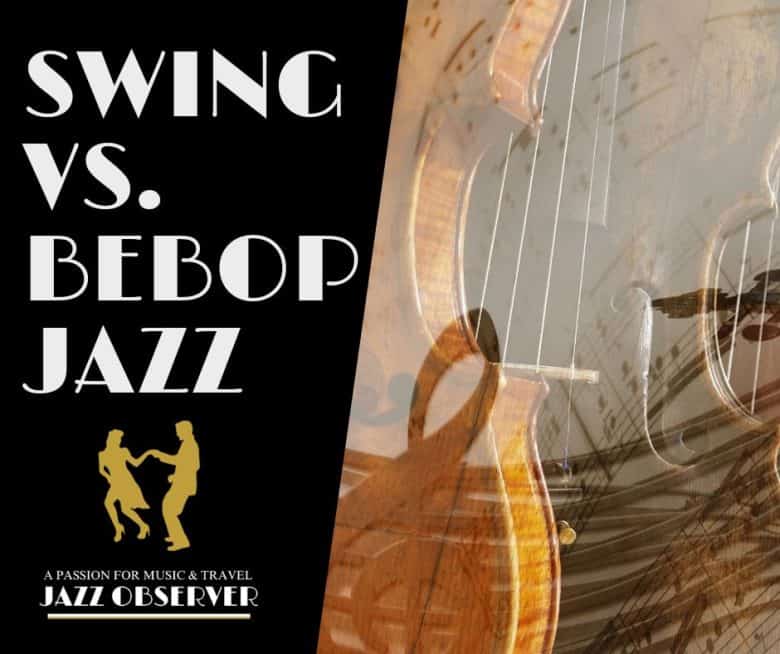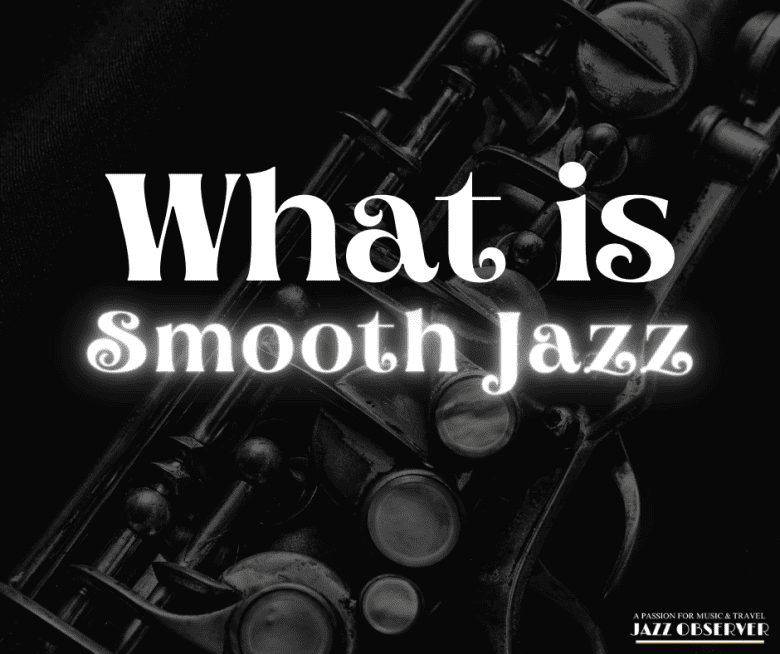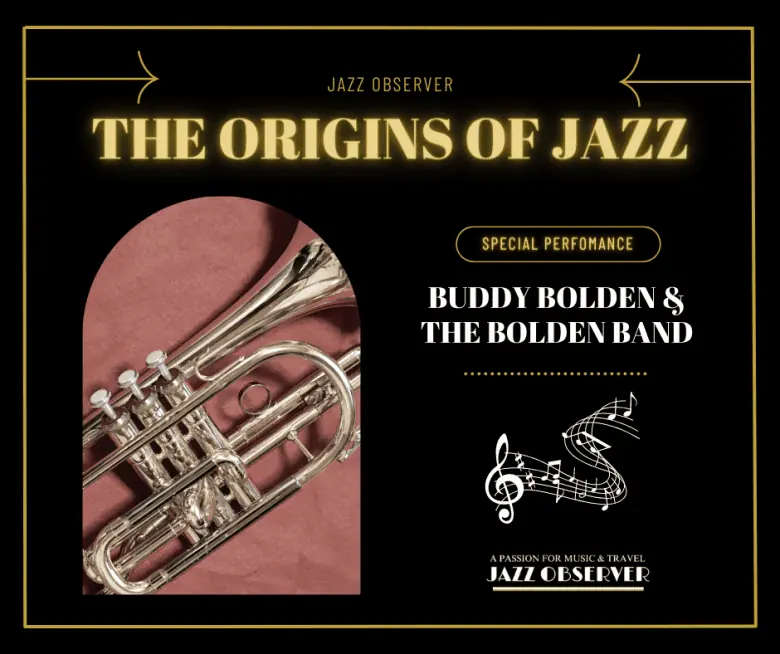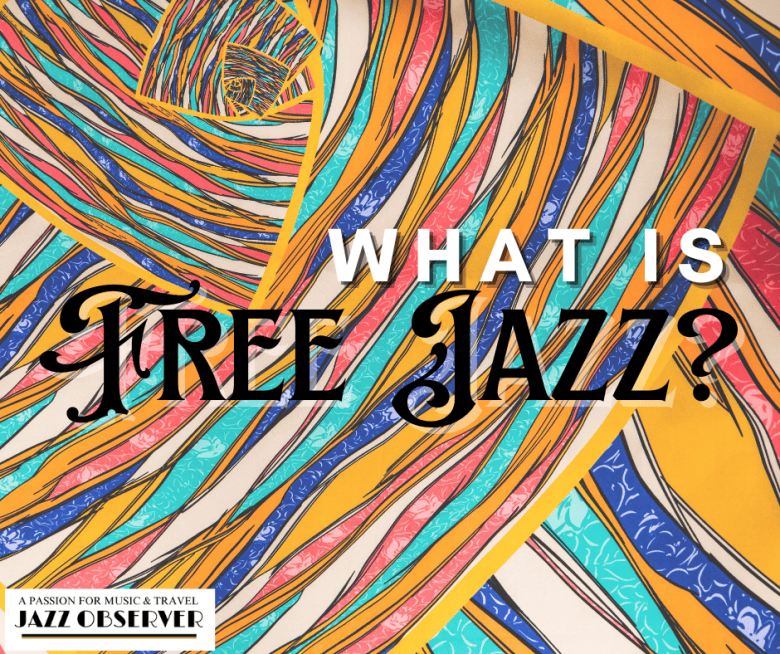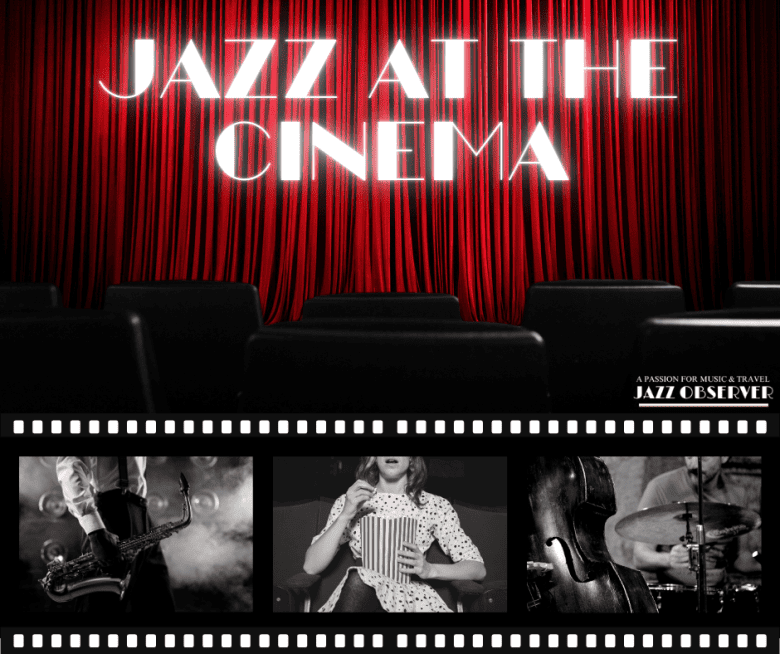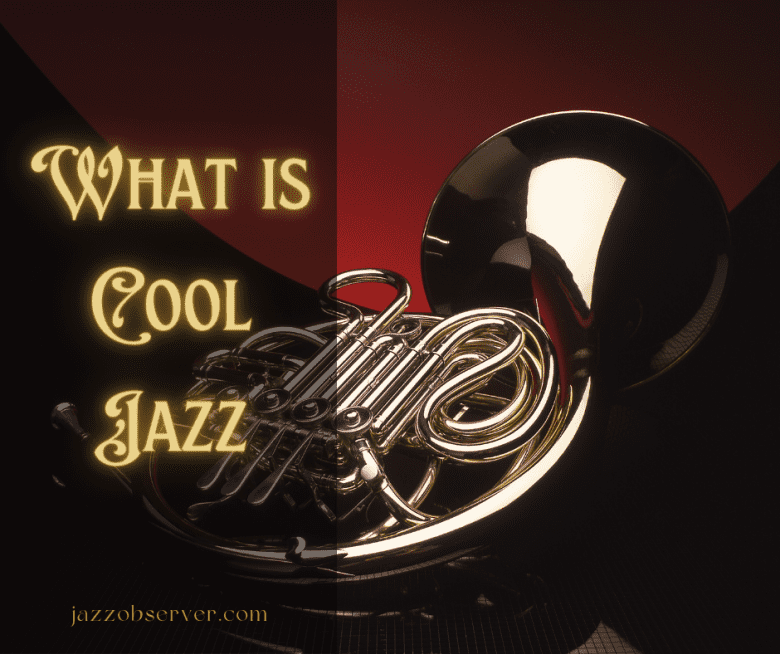Speakeasies in the 1920s were secret bars that flourished during Prohibition when alcohol was banned in the United States. Prohibition lasted for thirteen years, from 1920 to 1933. Hidden behind unmarked doors, these venues offered an escape from restrictive laws and became hotbeds for jazz music and social change. Read on to discover how speakeasies …
When it comes down to it, the world of jazz music is surprisingly vast. There are dozens of subgenres, and while they can have features in common, they’re each distinct in their own way. That’s why many people are curious about swing vs. bebop jazz. Along with wanting to understand each subgenre on a deeper …
In the wide world of jazz, few subgenres are likely as unfairly judged as smooth jazz. Many view the smooth jazz genre as nothing more than background music or even refer to it by the somewhat derogatory term “elevator music.” As a result, many people overlook the exceptional beauty of the sound, as well as …
Jazz is a highly diverse music genre, featuring a range of subgenres with intriguing sounds and unique features. Jazz manouche is one such subgenre, an approach with a unique combination of instruments and a fascinating acoustic sound. If you’re curious about jazz manouche, here’s a look at its features, history, and more. What Is Jazz …
Jazz is a music genre with district roots and an intriguing history, mixing a range of international styles to create a sound unlike what was ever experienced before. If you’re asking questions like, “Who created jazz?” “What are the origins of jazz in America?” and “When did jazz music start?” here’s what you need to …
The world of jazz is incredibly vast, featuring a wide variety of subgenres that each mark a highly unique sound. While all forms of modern jazz may have their fans, few are as inherently controversial as free jazz. Overall, free jazz isn’t as accessible or broadly appealing as some of its counterparts, but the unconventional …
THIS POST MAY CONTAIN COMPENSATED LINKS. FIND MORE INFO IN MY DISCLAIMER. The world of movies covers nearly any topic imaginable. When it comes to jazz at the cinema, you can find a range of intriguing documentaries, inspiring fictional tales, and anything in between. In some cases, jazz music takes center stage. In others, jazz …
The world of jazz is far wider and more differentiated than many people expect. While those who aren’t familiar with the genre typically focus on the more erratic, high-energy versions, cool jazz is a counterpoint that is often far more accessible to those new to the genre. But that doesn’t mean it isn’t also a …
Jazz comes in a variety of flavors, each with unique characteristics and its own passionate fan base. Latin jazz is a vibrant part of the jazz community, a lively variant with what Jelly Roll Morton described as a “Spanish tinge.” All forms of jazz come with an intriguing history and sound, and Latin jazz is …
When it comes to music genres, jazz fusion has long been a favorite of jazz enthusiasts and general music fans alike. It’s a unique music category that enjoys pushing boundaries and making unexpected moves, creating a compelling sound while embracing multi-genre influences. If you aren’t familiar with the jazz fusion definition, it’s common to be …


